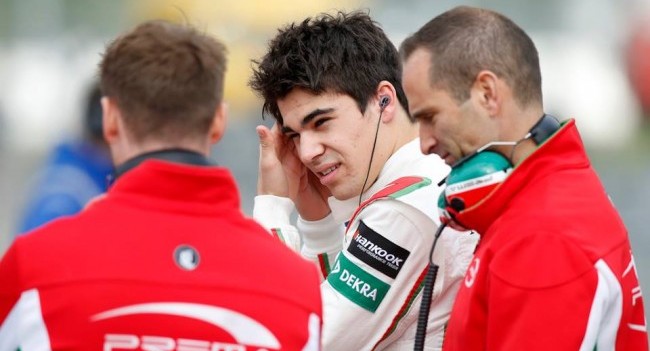Formula 1’s calendar keeps evolving. The championship has grown into a global entertainment product rather than a Europe-centric motorsport series, with new host cities fighting for a slot. For long-time fans, the result is a mix of excitement and loss: while new locations bring fresh energy, many iconic races have quietly disappeared from the official schedule. Here we take a closer look at some of the most missed ones.
The Popularity Boom of F1
In recent years, F1’s popularity has exploded across Europe as well as Canada, the U.S., and much of Asia. Among others, the Netflix documentary Formula 1: Drive to Survive has brought many new fans to the sport. This surge has pushed demand for both prime-time TV slots and headline-grabbing venues. There’s also an increase in F1 betting, with fans worldwide seeking the best platforms to bet on, utilising guides such as offshore betting sites reviewed by adventuregamers to find a suitable site. With three races to go before the end of this year’s season, Lando Norris has the best odds to win the F1 Championship 2025, at 4-11 (currently leading the pack with 390 points), followed by Max Verstappen at 7-2, and Oscar Piastri at 20-1 (both standing at 366 points at the moment).
In short, the changing calendar has made some races far more influential than they used to be. But the more the championship grows, the tighter the calendar becomes. That’s exactly why several legendary Grands Prix have disappeared, such as the following.
The German Grand Prix (Nürburgring & Hockenheimring)
Few countries have contributed more to motorsport history than Germany. Between Michael Schumacher’s dominance, Sebastian Vettel’s title run, and strong support from manufacturers like Mercedes, the German Grand Prix felt like a permanent fixture. Yet, the race has been absent in recent seasons.
This is mainly due to high hosting costs and limited government support. Despite its historic value, the Nürburgring has struggled financially. Hockenheimring tried to keep the event alive through alternating years, but the model became unsustainable.
Today, both circuits remain active in other racing categories, but neither has a confirmed path back to F1. The disappearance of the German GP shows how even big motorsport nations can lose their spot.
The French Grand Prix (Paul Ricard)
The French Grand Prix was the first ever “Grand Prix” and one of the oldest motor races. After a 10-year break, Paul Ricard rejoined the calendar in 2018, but struggled to win over fans. Many found the layout unexciting, and the multiple blue runoff zones created confusing visuals on TV. This resulted in the race being removed from the calendar again after 2022.
Despite being home to multiple teams and engine manufacturers, France currently has no F1 race. This shows that heritage alone cannot guarantee a spot on the modern calendar.
The Malaysian Grand Prix (Sepang)
When Malaysia joined the calendar in 1999, Sepang was considered one of the most modern circuits in the world. The track was fast, technical, and popular with drivers. But over time, attendance declined. The climate also played a role. Extreme heat and sudden monsoon rain made the race unpredictable and expensive to manage. Finally, rising costs pushed the organizers to step away after the 2017 season.
Sepang is still used for MotoGP and testing. Many fans wish it could return, but so far, F1 shows no sign of revisiting it.
The South African Grand Prix (Kyalami)
Kyalami hosted its last F1 race in 1993. Since then, the track has since been modernized, but negotiations for a return have repeatedly stalled. Political, financial, and organizational issues have all played a part.
South Africa remains a priority for many teams and drivers, but the business side has simply not aligned. Kyalami’s absence highlights how certain venues make sense culturally and geographically, but not yet economically.
Conclusion: A Changing Calendar
The biggest reason historic races vanish isn’t track safety or lack of interest. It simply boils down to economics and whether it’s worth it. Hosting fees have risen dramatically, and governments or promoters must justify the cost with tourism revenue, international exposure, or political benefits. Many new destinations are simply willing to pay more, especially markets trying to position themselves globally.
At the same time, F1 caps the number of annual races. With every new venue added, something else must leave. The result is a rotation system where Europe, the heartland of F1, gradually loses ground to the Middle East, North America, and soon more Asian markets. As F1 continues to expand globally, fans can expect the calendar to keep evolving – sometimes in exciting ways, but other times at the cost of beloved classics.





